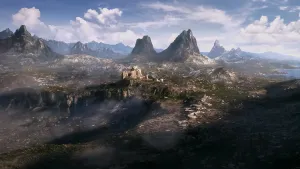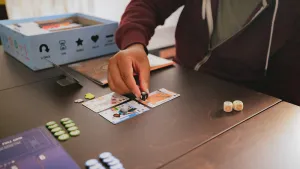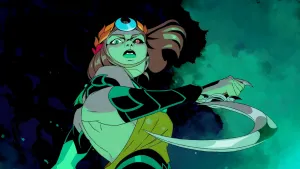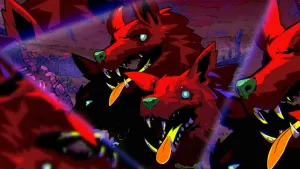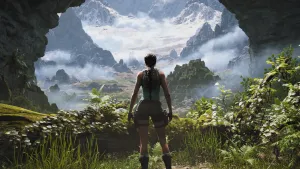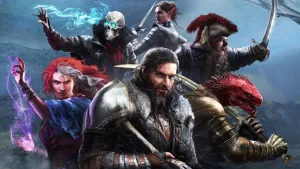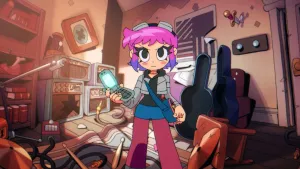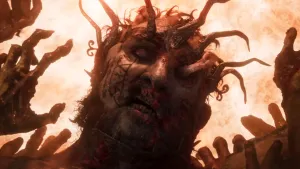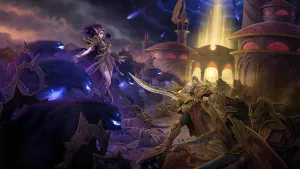Interview: We Talk with Takahiro Murakami, Creator Of Whirlwind

One of EA's big announcements at its pre-Tokyo Game Show press conference was Whirlwind, an all-new, original IP created by executive producer Takahiro Murakami. The title is a Japanese action/adventure title, inspired by the classic Nintendo and Square games of Murakami's youth. The game, which tells the tale of an aspiring ninja name Tsumuji, should appeal to fans of DS titles like The Legend of Zelda: The Phantom Hourglass. Following the EA conference, we spoke to Murakami about his vision for Whirlwind.
Game Informer: How long has Whirlwind been in development?
TM: It will be about two years all told when it comes out.
GI: Talk about your career prior to Electronic Arts.
TM: I worked on the Hamtaro series for Nintendo, but I wasn't a Nintendo employee. I was contracting. I also worked on the Aibo dog robot for Sony.
GI: What was your inspiration for Whirlwind?
TM: I wanted to make a kid's title. Growing up I played Nintendo, Square, and Enix games. As an adult, I want to make a game for the kid that I was. I want to make a game that kids can play and understand and associate Electronic Arts as a brand that they grow up with.
GI: The game blends a top-down, isometric view with some 2D sidescrolling sections, could you talk about how you balance the two?
TM: It's basically an action/adventure game. It's less Super Mario and more Zelda. Kids can take on the role of a ninja in a stealth action game
GI: Tell us about the game's protagonist. What is his story?
TM: The main character is Tsumuji and he's a ninja in training. He lives in a ninja village out in the forest. In this ninja village he stumbles across this large shuriken. The shuriken by itself is an incredible weapon, but it has another role that it plays. Enemy ninjas are coming after him to get it.
GI: The same seems to control similarly to the Zelda DS games.
TM: It's basically a stylus game. When you want to crouch, there are some moves you can do on the d-pad but it's basically a touch pad.
GI: Is there a strong RPG puzzle-solving element to the game?
TM: It's not so much an RPG, but the focus is on action and puzzles.
GI: How long is the game?
TM: About 20 hours.
GI: Aside from the shuriken, does the character have any other, more magical powers?
TM: The shuriken is the main weapon, but there are other tools you can get like bombs. However, the shuriken takes on four different forms.
GI: Could you talk about those forms?
TM: There's one that turns him into a giant gourd. It can suck up fire, water, and air and then spit it out. It can also turn into boots that allow him to walk in strong winds. It turns into a shield that you wear like a giant mask or helmet. The mask spits out a tongue that he can use to latch onto things. It's based around the idea that the shuriken is bringing out an oni, or Japanese demon. It takes on the aspects of the oni. It's the face of the demon or the feet of the demon. There's one form where you use the oni to do a super punch.
GI: We saw a scene in the video where Tsumuji was crawling in a small corridor on the top screen, in a 2D display, and you could track his position in the overworld on the bottom screen. Is that type of thing a design trope you are going to be using a lot?
TM: That's based on something Japanese ninjas actually did. They would go in the crawlspace under the top of the roof and eavesdrop on people. There are puzzles that are based around that, also puzzles that are based around going underneath the house and doing the same thing. It's a game about ninjas, so instead of going out and killing a bunch of enemies it's about collecting little bits of information and using it to solve puzzles.
GI: So the emphasis is on stealth. Are there stealth attacks in the combat scheme?
TM: There are a lot of stealth elements in the game, but it's less about using stealth to attack an enemy and more about using it to gather information.
GI: Can you elaborate on how you gather information and use it to solve puzzles?
TM: For example, there's a door that you don't know how to open. If you go ask all the adults in the house, they all tell you lies. But through eavesdropping you can listen to them talk to their friends and, bit by bit, collect the information. The way it works is that you will arrive in a new village and the boss of that area is very powerful, so the people are afraid to tell Tsumuji what the truth is for fear of the repercussions, so you have to sneak in and wait for them to let their guard down to get the information.
GI: What is Tsumuji's motivation in this game? What kind of quest is he on?
TM: Early on in the game, Tsumuji's village is attacked by a group of ninjas. Everyone is turned to stone, so he is on a quest to free everyone from their stony prison.
GI: You've said the game is aimed at kids, but do you see this as a game that will also appeal to older people like the Zelda series?
TM: I really want to focus on kids as the target audience. While I think adults will enjoy it as well, it's aimed at kids.
GI: Is the difficultly level lower because it's aimed at children?
TM: I didn't make it easier for kids; what I did was create simple puzzles at the beginning of the game, and then take the elements of those puzzles and start building on them. This will make the kids feel like they are growing more skillful as the game goes on. So, for example, with the shuriken, level one would be just throwing it straight. Level two would be throwing it with a curve, and level three would be throwing it in a winding pattern.
GI: Is that done by tracing shapes on the touch screen with the stylus?
TM: Yes, you draw the route.
GI: In the video shown at EA's TGS press conference, there was a huge snake that took up both halves of the screen. Is that one of the bosses in the game?
TM: Yes. It's a boss battle.
GI: Is the stylus used in any other unique ways?
TM: There are some but I can't talk about them.
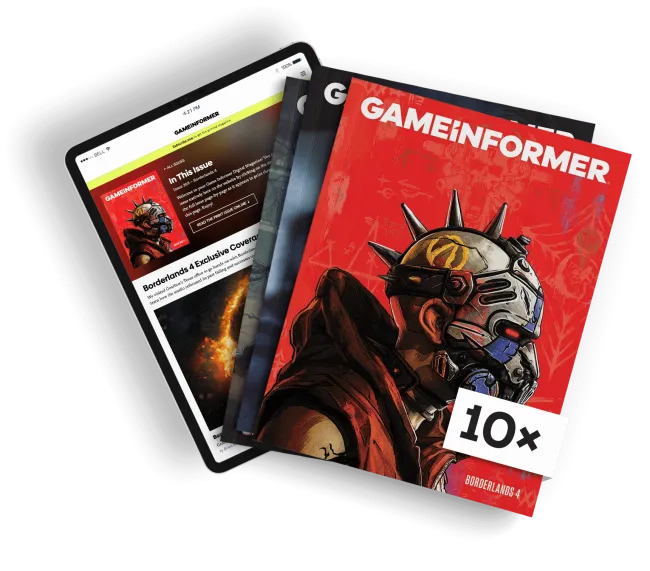
Get the Game Informer Print Edition!
Explore your favorite games in premium print format, delivered to your door.
- 10 issues per year
- Only $4.80 per issue
- Full digital magazine archive access
- Since 1991
